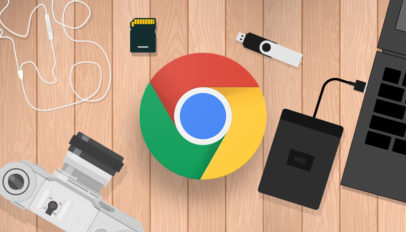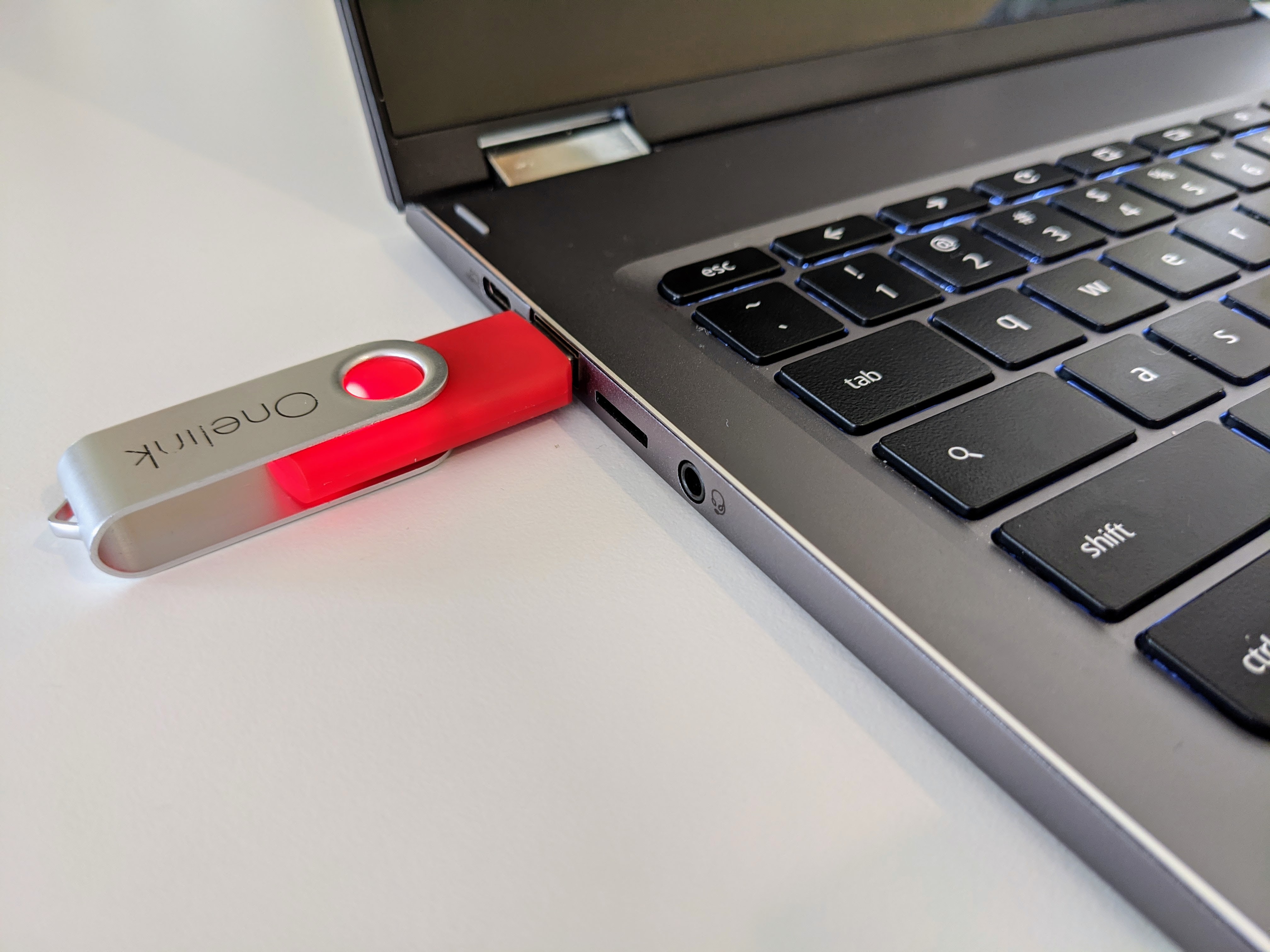

- #CHROMEBOOK USB DRIVE FORMAT HOW TO#
- #CHROMEBOOK USB DRIVE FORMAT FULL#
- #CHROMEBOOK USB DRIVE FORMAT DOWNLOAD#
- #CHROMEBOOK USB DRIVE FORMAT MAC#

This protects against data loss by ensuring your Chromebook is done writing to the drive before you remove it. When you’re done with the drive, be sure to eject it before removing it from your Chromebook. RELATED: When Should You Properly "Eject" Your Thumb Drive? Warning: Formatting a drive will erase the current file system and any files on the drive at the moment. There’s no way to choose a different file system, change the drive’s partition layout, or name the drive. Chrome OS will format the drive with the exFAT file system. To erase and format the drive, right-click the name of the drive and select “Format Device”. There’s also an option to view normally hidden files here. (Though this experimental feature will give you more information.) Just select the “Downloads” folder first and then click the menu button. Delete files from the drive to make more room. You can also use this trick to see how much space is available on your Chromebook. You’ll see an indication of how much space is left. To see how much storage space is available on your external drive, select it in the left pane and then click the menu button at the top right corner of the Files window.

#CHROMEBOOK USB DRIVE FORMAT HOW TO#
RELATED: How to See What's Taking Up Space on Your Chromebook How to See How Much Storage Space is Available Just store them on the drive and double-click them. Many files, including videos, music files, images, PDFs, and other documents can be opened directly from the external drive. There’s also a search button for quickly finding files. The options at the top right corner of the window allow you to change the view, so you can view a grid of thumbnail previews instead of a list of files and sort the files by file name, size, type, or date modified. Right-click inside the drive and select “New Folder”–or press Ctrl+E–to create a new folder on the drive.
#CHROMEBOOK USB DRIVE FORMAT DOWNLOAD#
When you use the “Save As” dialog to download a file in Chrome OS, you can choose to download it directly to an external drive.Ĭommon keyboard shortcuts like Ctrl+A to select all files, Ctrl+C to copy files, Ctrl+X to cut files, and Ctrl+V to paste files also work here. To move files to the drive, you can either drag and drop them from the Downloads folder or Google Drive, or right-click them, select “Copy” and then right click in the drive and select “Paste”. The drive will appear in the left pane of the files app, below Google Drive and the Downloads folder, which contains all the files stored locally on your Chromebook. To use an external storage device on Chrome OS, just connect it to your Chromebook and open the Files app. How to Access a Drive and Work With Files In fact, if you format a USB drive or SD card from within Chrome OS, it will automatically format the drive as exFAT without even asking which file system you want to use. You’re probably best off formatting your external drive as exFAT. Chromebooks support the MTP protocol for digital cameras and music players, and for external disc drives that connect via USB, Chromebooks can read the ISO9660 and UDF file systems on discs.
#CHROMEBOOK USB DRIVE FORMAT MAC#
It can also read the Mac HFS+ file system, but it can’t write to it.
#CHROMEBOOK USB DRIVE FORMAT FULL#
It also supports the Windows NTFS file system with full read and write support. It supports the cross-platform FAT16, FAT32, and exFAT file systems. RELATED: What's the Difference Between FAT32, exFAT, and NTFS?Ĭhrome OS supports a variety of file systems on removable devices.


 0 kommentar(er)
0 kommentar(er)
